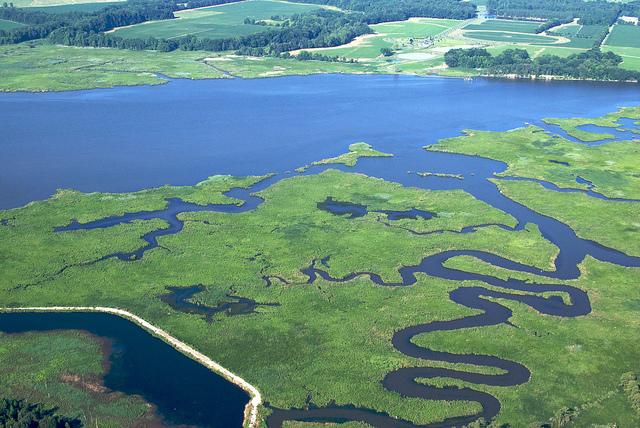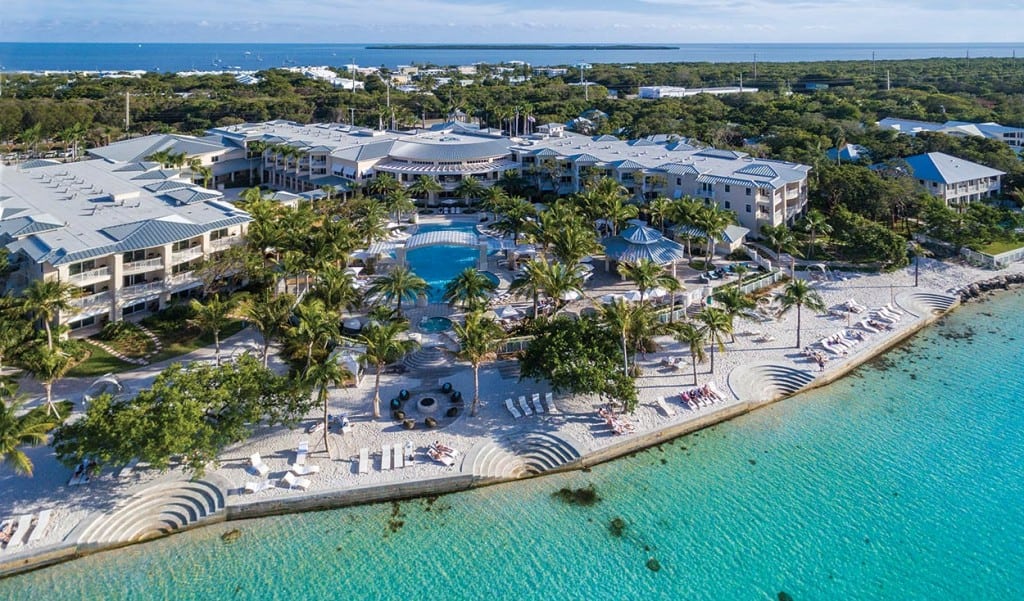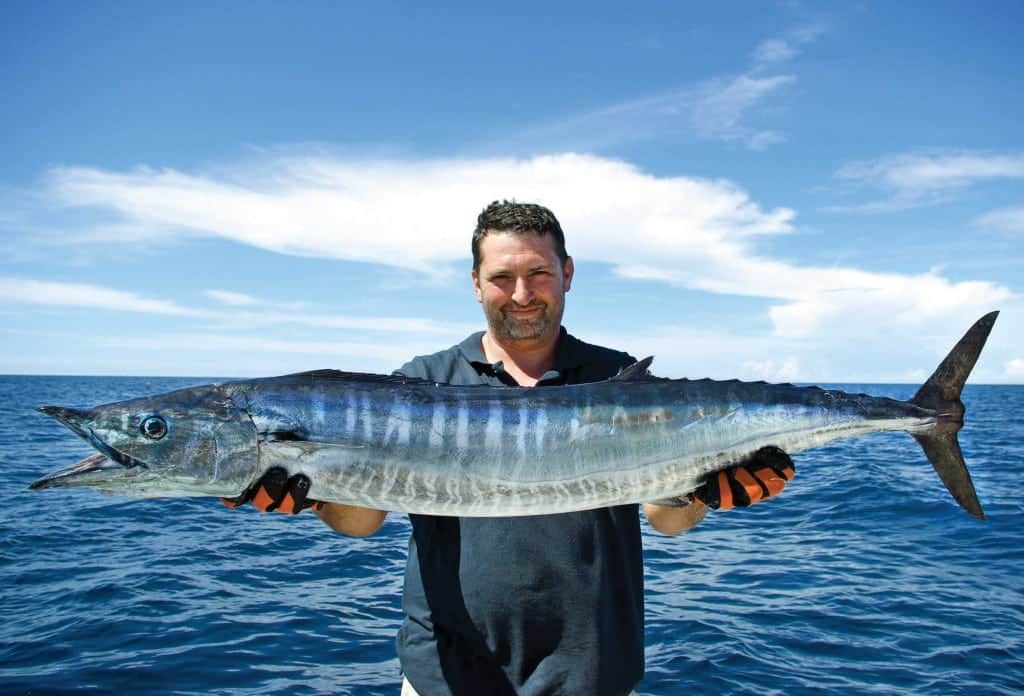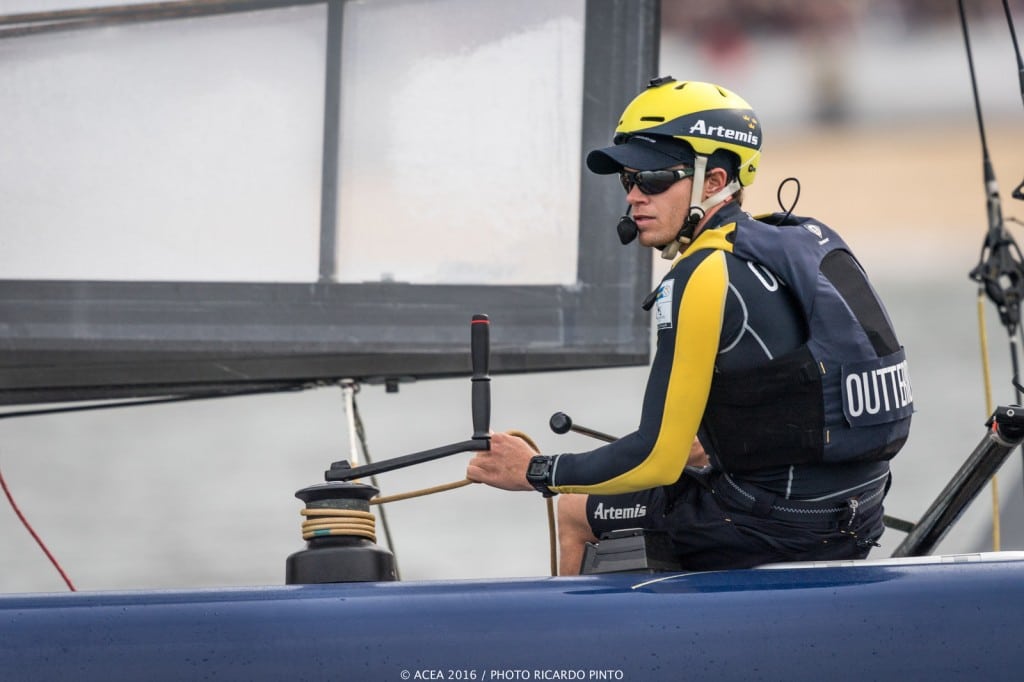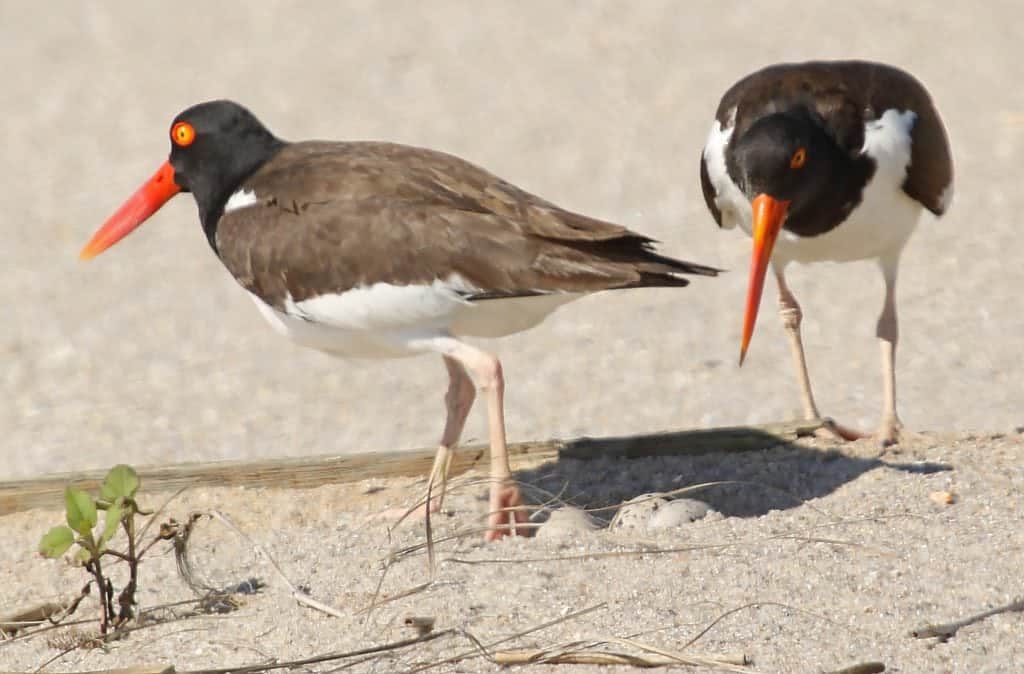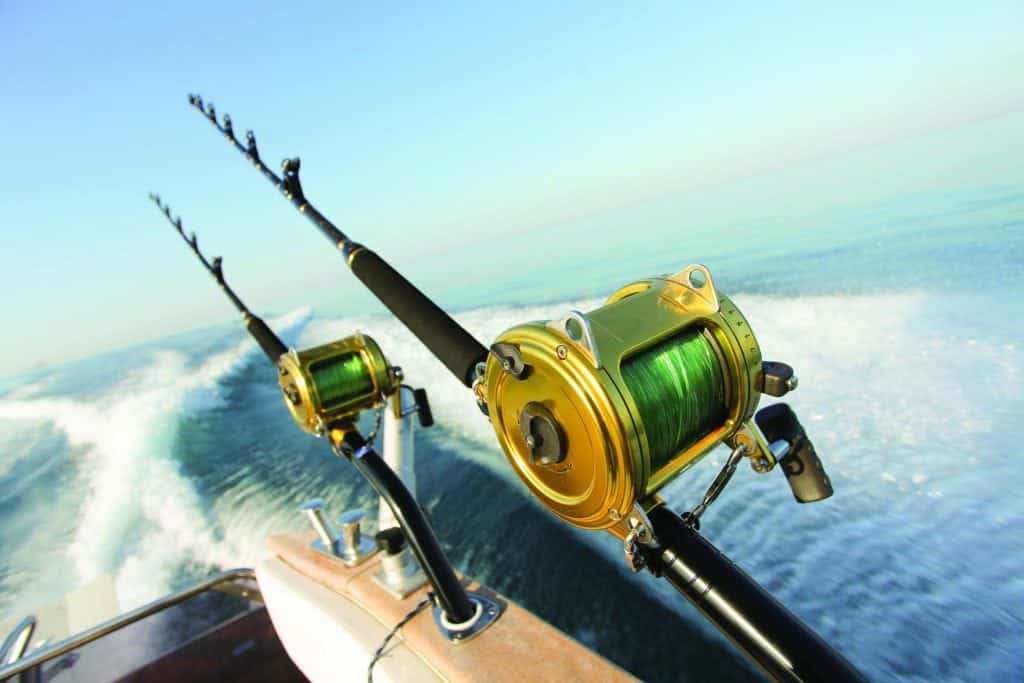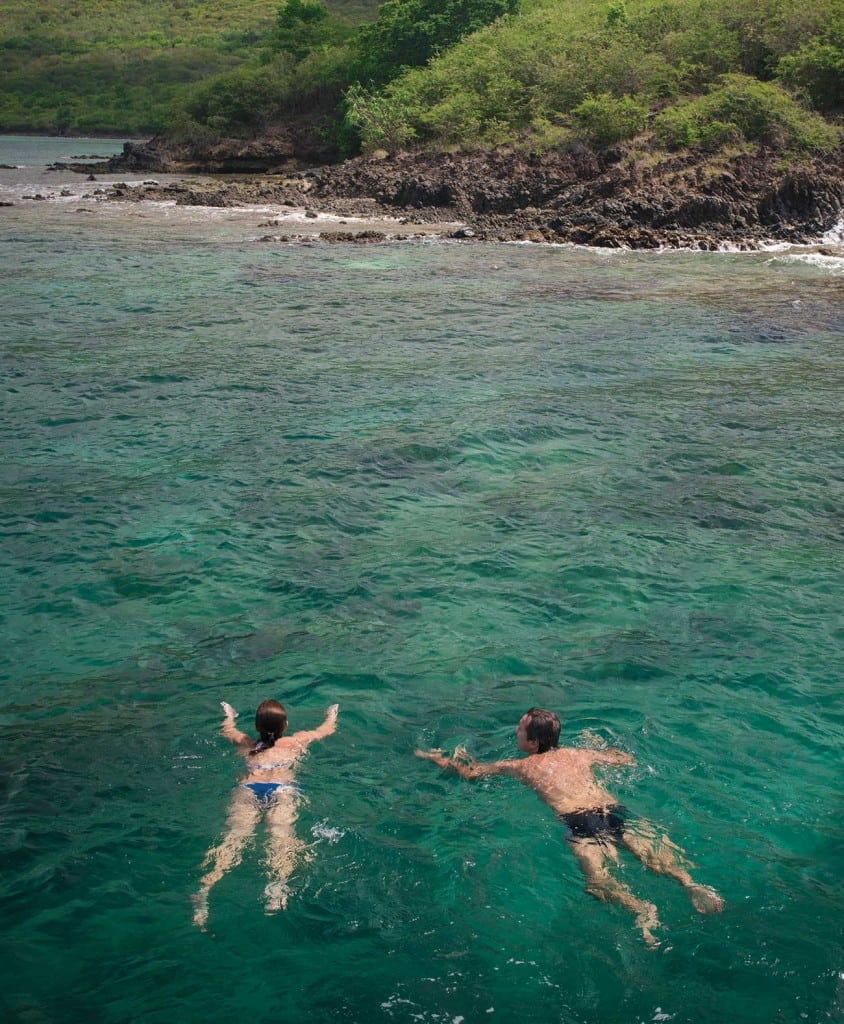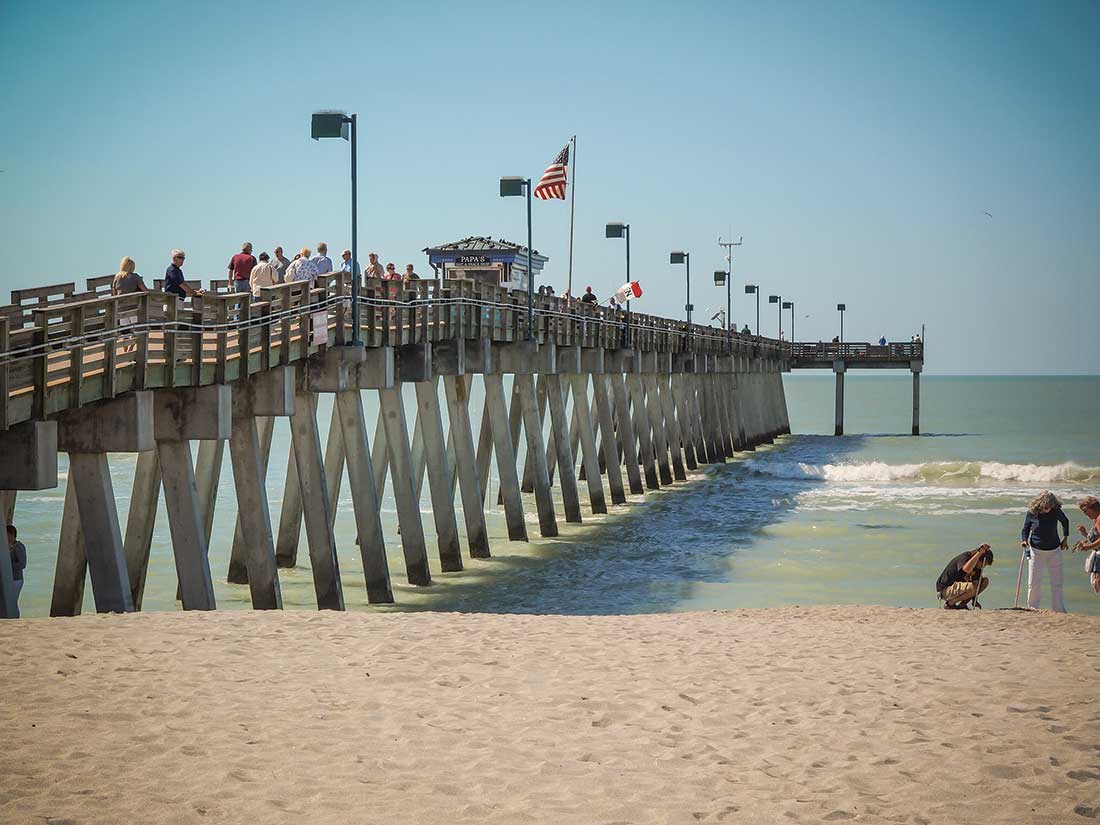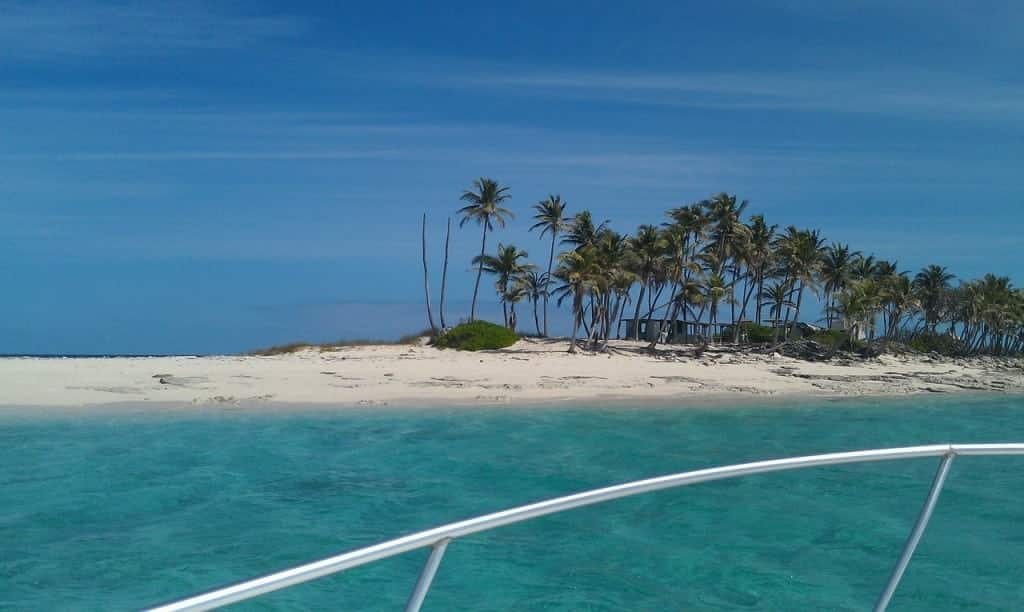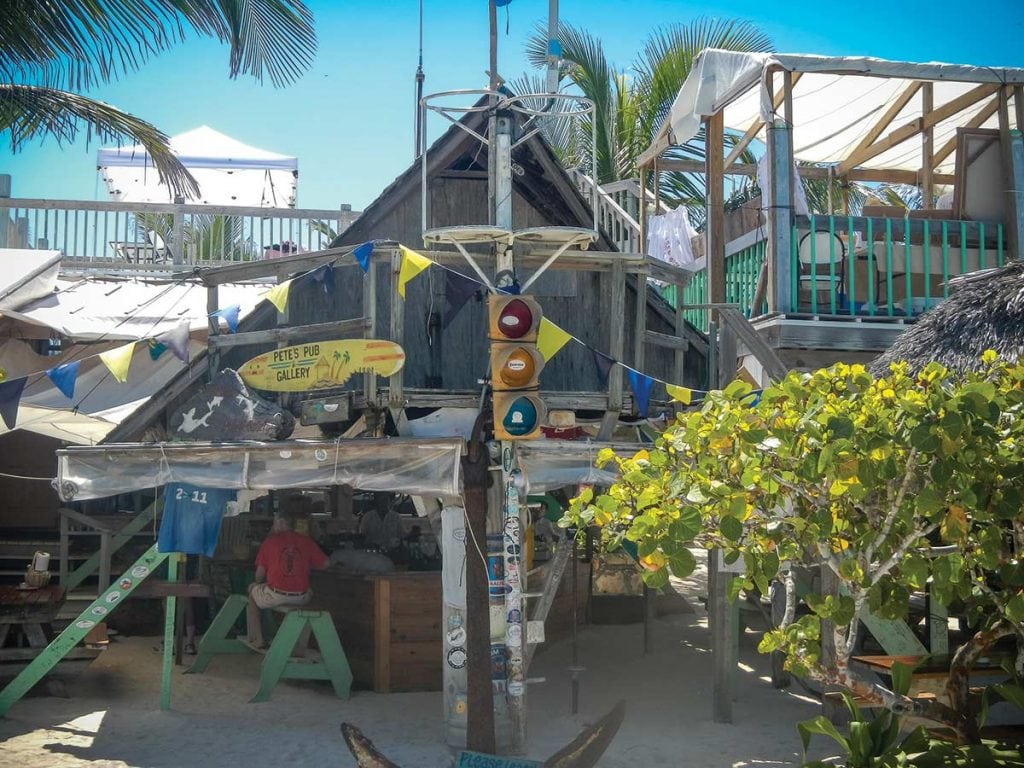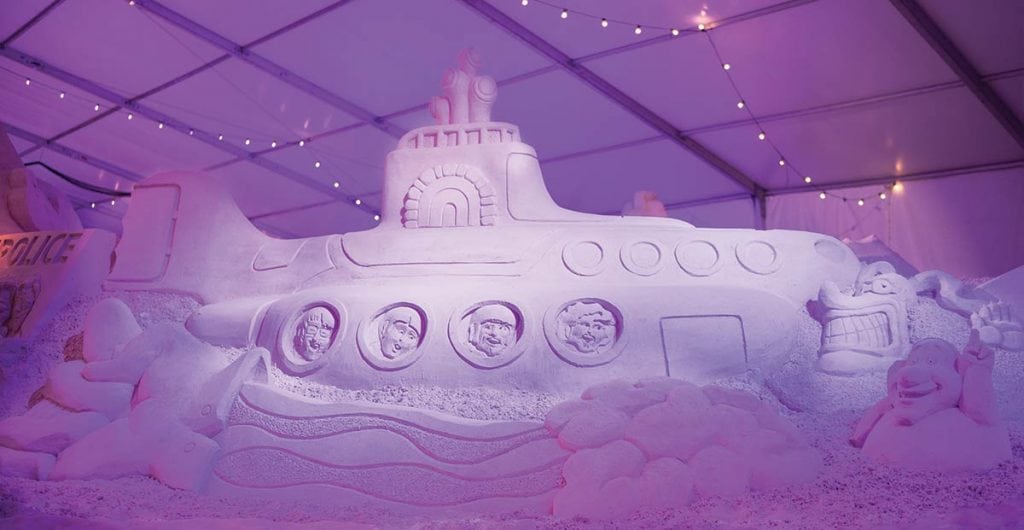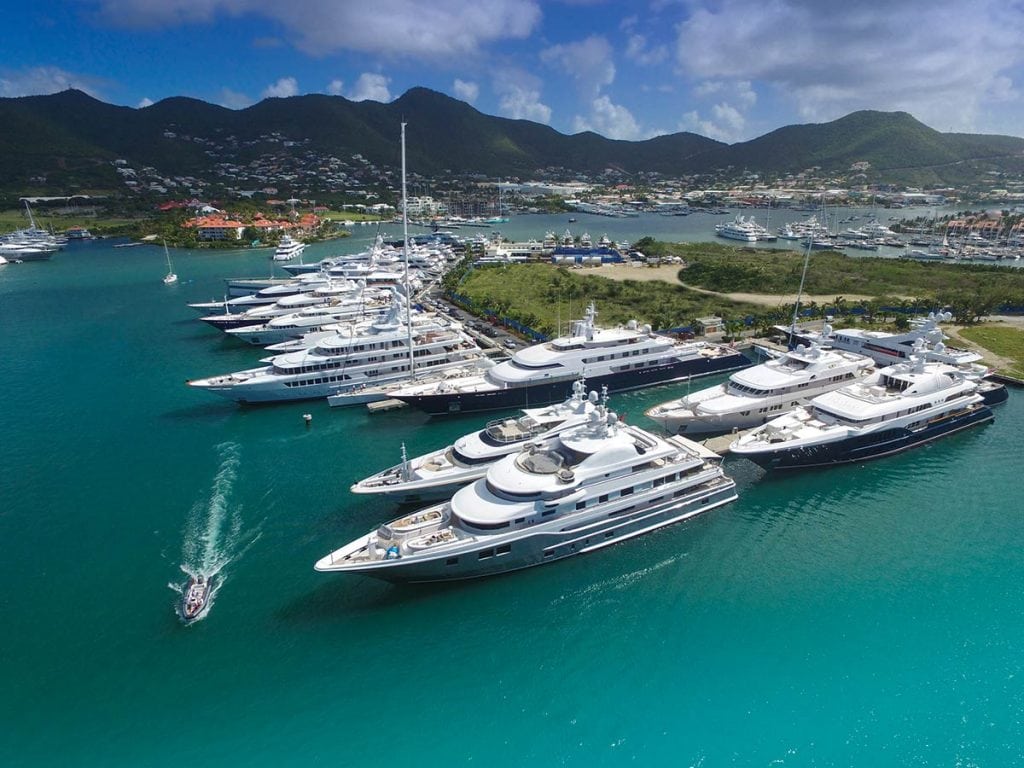Destinations
Destinations: Looking for information for your next cruising destinations? Whether you’re planning a sail in the Caribbean or summering in Newport, our destinations resources will help you plan the perfect excursion. Our expansive cache of destination information includes Monthly regional reports filled with seasonal tips and travel itineraries, Local knowledge on great boating locales, Cruiser resources—complete with photos, Insider tips, marina information and more!
Chesapeake Changes Gas for the Better
Maryland gas changes for the better Mariners will soon find a new fuel at Maryland marinas that’s better for their...
Read moreDetailsLiving Large On Largo
Called the "pearl of the Florida Keys", Playa Largo Resort & Spa radiates with luxury. In 1948, Hollywood legends Humphrey...
Read moreDetailsKayaking through Cuba
South of Havana and the visiting hordes of Americans, Cuba offers a wilderness that even a half-century of revolution left...
Read moreDetailsTall Ships in Charleston
There was once a day when tall ships with square sails were a regular sight in Charleston, South Carolina. For...
Read moreDetailsWelcome to Swollfest
Years ago as a TV news anchor, I cringed when news managers carelessly tossed around the notion that boating was...
Read moreDetailsSee the America’s Cup in Bermuda
Cruise or race your way from the Caribbean to Bermuda to watch the America’s Cup. The Louis Vuitton America’s Cup...
Read moreDetailsHart-Miller Island
There’s more to do these days on the man-made Hart-Miller Island. The transition from dredge dumpsite to wildlife habitat and...
Read moreDetailsBahamas Fishing Tournaments
Bahamas Fishing Tournaments Many fishing tournaments are held in The Bahamas throughout the year. While the following is certainly not...
Read moreDetailsFinding Painter’s Paradise
The year was 1887, and the island was Martinique. I’ve come to the quiet, French-speaking island in the Lesser Antilles...
Read moreDetailsWhite Sound and Lubbers Quarters Cay
White Sound and Lubbers Quarters Cay Hope Town Harbour is one of the most popular destinations in the Abacos for...
Read moreDetailsA Different Type of Venice
A visit to this sleepy, seaside city invites equestrian-minded cruisers to experience “horse power” at its best. When someone mentions a trip...
Read moreDetailsSecret Getaways
Soak in the solitude. The secret may be out on these tropical getaways, but rest assured—you’ll still feel like you’re...
Read moreDetailsLittle Harbor, Great Abaco
From throwback resorts in Little Harbor, Great Abaco to stingray feeding experiences to Bahamian Track & Field, the islands are...
Read moreDetailsFlorida Gulf Updates April 2017
Sand 'Fantaseas', new electronic boat shuttles, lingering Red Tide effects and more in the Florida Gulf Updates April 2017. Sugar...
Read moreDetailsCaribbean Update
What are the biggest Caribbean Updates? Superyacht marinas, classic sailing races, Easter cruising and more! Beautiful white sand beaches,...
Read moreDetails

